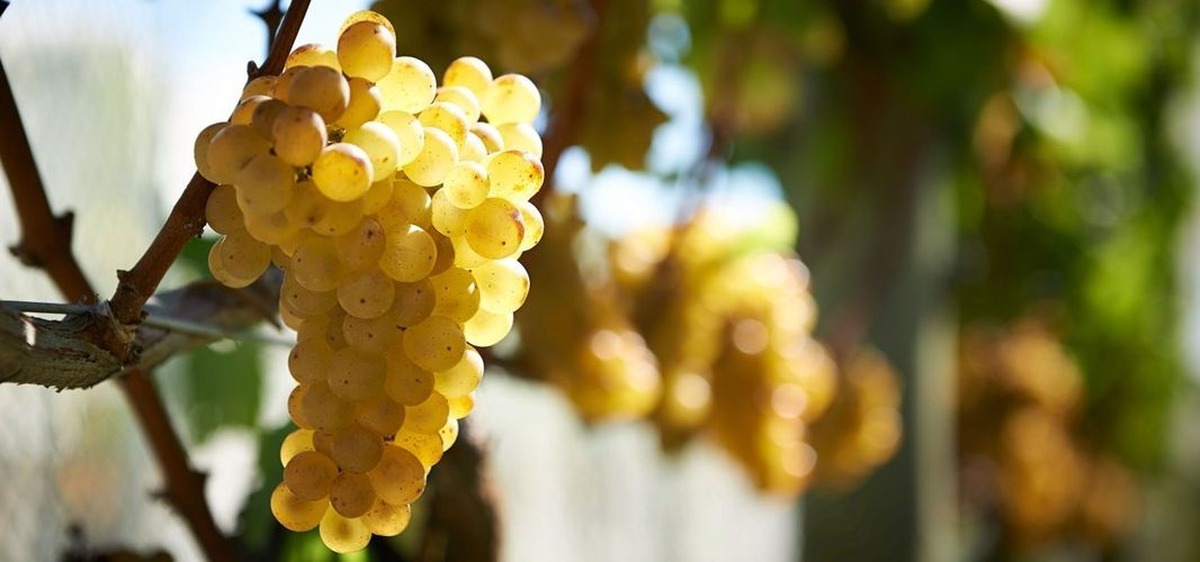

A keen surfer, the lure of the Hawke's Bay coastline & sunshine was too good to pass up. I love the fact that we are unhindered by the history of the old world, we are open to unlimited experimentation, and for this I am forever grateful – but, also to learn from others and our own past.” Matt KirbyĪustralian-born Matt Kirby moved across the ditch with his young family to take up the winemaker role for Clearview Estate in 2015. I am not after the acidic, under ripe limey, lemony chardonnays that seem to be infiltrating our winemaking fraternity. I’ve always loved the power and amazing ripe tropical flavours we can achieve – for me, personally more is what I am after. The soils are overlaid with river shingles that allow great porosity, so great intensity. And the restaurant takes many measures to reduce its environmental impact – buying locally, recycling, composting, and even sharing food scraps to the local piggies.Īfter making wine on the coast of Hawke’s Bay for 35 years, I’ve come to respect the land and surroundings – cool, cleansing sea breezes create a dry maritime environment, allowing us time to hold fruit longer without the threat of rot from humidity – an elongated ripening adds enormous flavour.

The vineyard team work with Sustainable Winegrowing New Zealand (SWNZ) to reduce the impacts of viticulture on our environment. In all aspects of business, Clearview Estate Winery and Restaurant have sought to reduce their impact upon the environment, helping to preserve it for future generations. Whether producing wine or food, they’ve made sustainability key. Nestled near the historic landscape of Cape Kidnappers, they have been creating premium wine for almost 30 years. Today, Vidal's historic but neglected No.2 Vineyard at Te Awanga, Hawke’s Bay is Clearview – a much loved, family-owned and operated estate specialising in sustainable, handmade wine with vibrant acidity and concentrated flavour profiles.Ĭlearview Estate wines are crafted by people who believe that wine, food and hospitality go hand in hand.

In 1986, Tim Turvey and Helma van den Berg were told their site was “too cold to grow wine grapes.” But together they rammed the posts, ran the wires, even trained the young vines to produce their vintage.


 0 kommentar(er)
0 kommentar(er)
